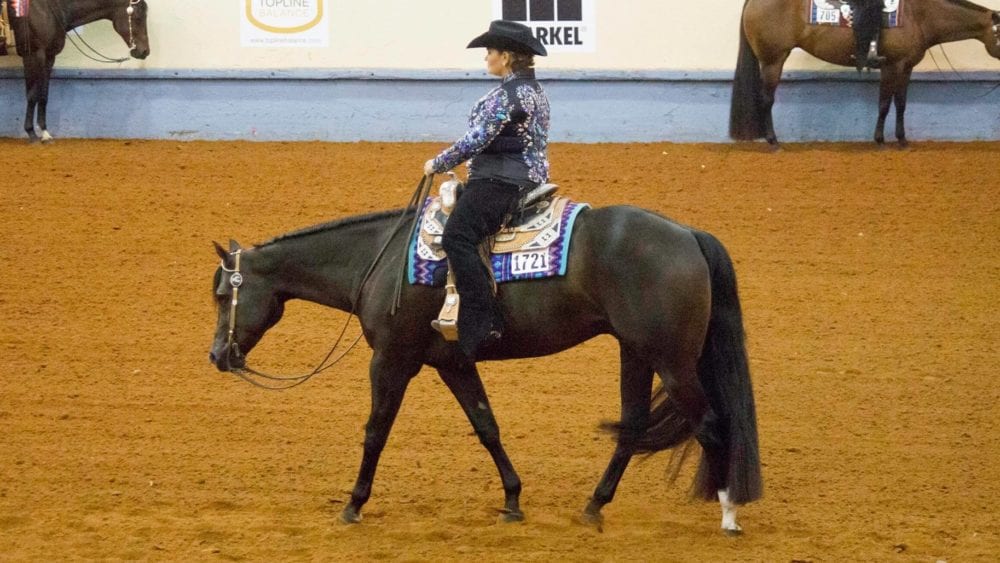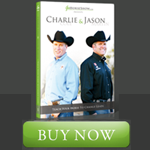In case you missed part 1 of our popular series about the western pleasure class, please click here.
Part 2: Now
Just as everything else goes through the natural life cycle of evolution, so does the western pleasure class. Fast-forwarding over twenty years later, we can see a significant difference in this class today.
The show ring incorporates a higher degree of competition with more talented horses and stronger riders. There have been improvements over the years; however, some critique the new style.
Steve Heckaman, horse business professional with 19 Congress Championships, Mike Carter, trainer and judge for over 40 years, and Gary Trubee, judge and horse trainer who is in the NSBA Hall of Fame, continue to share their experience in the industry. We will now be able to see how western pleasure has transformed into a significant, strategic event that has somewhat eliminated the middleman, making it a more one-dimensional class.
The way an exhibitor dresses in the show ring can affect the way they feel, think, and act, allowing the person to exude confidence, which will capture the attention of the judges. If you want to express your inner sparkle, you certainly can in today’s western pleasure class.
Women have transformed their clothing into a colorful arrangement of bling and leather. Men have not strayed as far, yet they have added more color to their much-loved button-ups. Hats have gotten more creased, and there are designs for every individual. However, as Heckaman explained, “Fashion of the more straightforward style is making its way back into the arena.”
Breeding
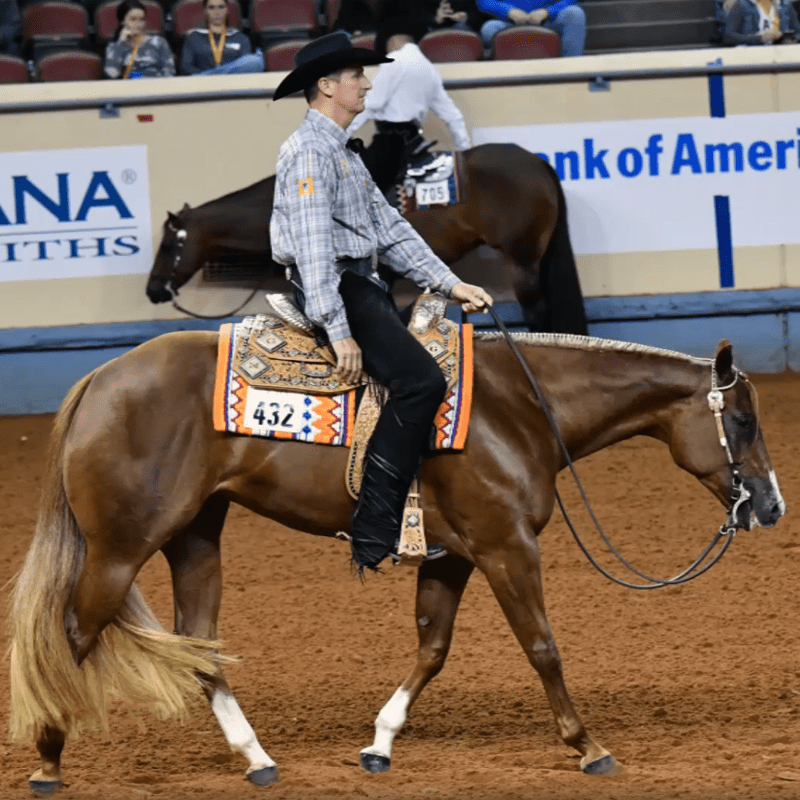 Bloodlines are now producing consistent champions with specific qualities. Trubee explained that Zippo Pine Bar was the beginning of the great pleasure horse sires. Currently, we can trace back to about five that people use for that good quality output of the “ideal” foal.
Bloodlines are now producing consistent champions with specific qualities. Trubee explained that Zippo Pine Bar was the beginning of the great pleasure horse sires. Currently, we can trace back to about five that people use for that good quality output of the “ideal” foal.
With knowledge and equipment advancements, Carter thinks that, “Definitely, the quality of horses is much greater today.” Still, Heckaman said, “Genetics are too concentrated because we have not ventured away from that model we created.”
Heckaman believes breeders need to try a different bloodline. Horses seem to be losing that stamina in their performing abilities. Equestrians are now having to use medical treatments to get these horses to last to their mid-teens. With breeding getting so condensed, it is hard to stray from that expected image, which makes it effortless to follow point-earning characteristics.
Training
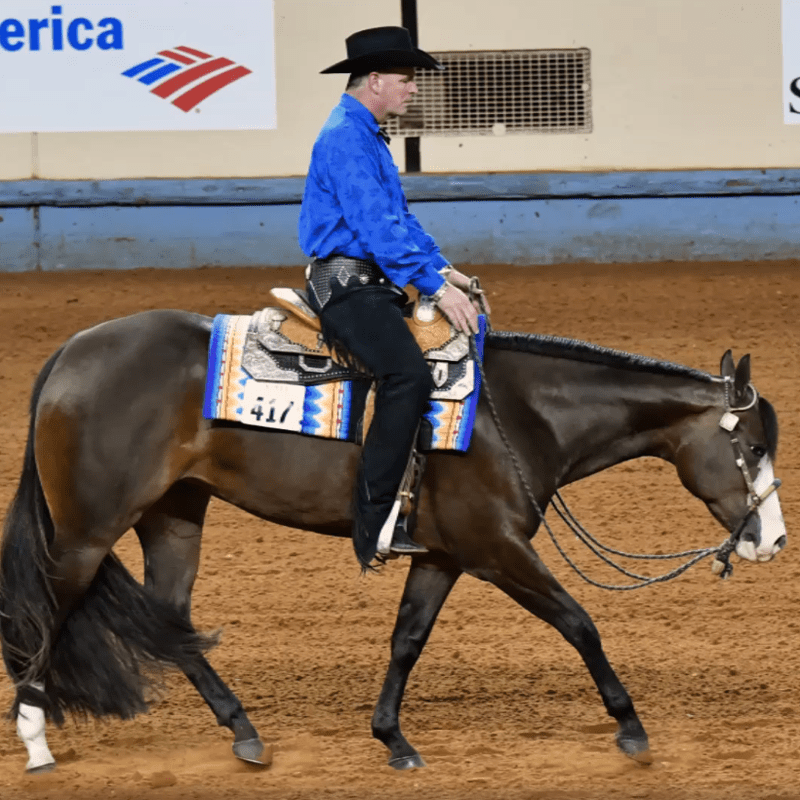 Pleasure horses now know how to collect and pace themselves with a slight movement from the rider. This is due to the newer training styles developed in the ’80s and ’90s of the leg yield. Instead of having to carry a horse through its mouth, now it has become effortless to direct the animal with pressure from the leg or heel.
Pleasure horses now know how to collect and pace themselves with a slight movement from the rider. This is due to the newer training styles developed in the ’80s and ’90s of the leg yield. Instead of having to carry a horse through its mouth, now it has become effortless to direct the animal with pressure from the leg or heel.
Additionally, “Kenny Eppers incorporated dressage techniques into a western-style riding, applying full contact verses no contact,” said Heckaman. “This was a new way of thinking, and we are still using it today.”
With the improvements in the way trainers schooled their horses, they started to become eager to get these products to the show. Early starting ramped up in the early 2000s as trainers entered summer slot classes with a large amount invested, so success was a priority. “It puts pressure on horses and trainers early,” said Heckaman. This may physically and mentally take a toll on these two-year-olds, but the training innovations have helped result in accomplished horses.
Movement
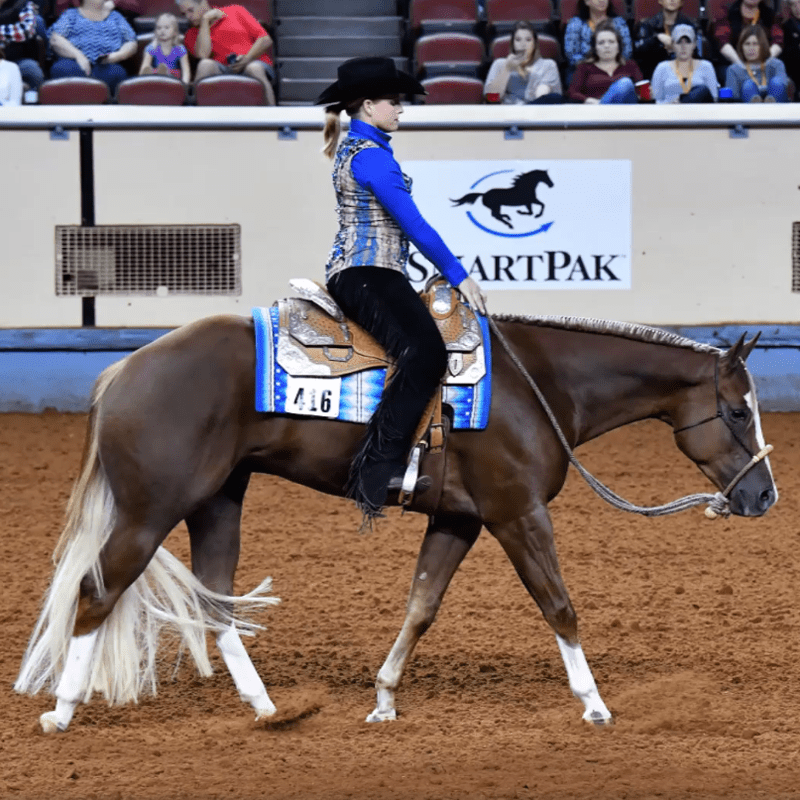 The whole concept of the western pleasure class is having a horse that is a pleasure to ride. But are these horses getting pleasure out of the class? Heckaman illustrated that a higher degree of control sacrifices natural movement.
The whole concept of the western pleasure class is having a horse that is a pleasure to ride. But are these horses getting pleasure out of the class? Heckaman illustrated that a higher degree of control sacrifices natural movement.
“At times, we have gone too far, and now we are trying to go back to the middle. We can achieve natural and controlled, but the horse needs to be at a high degree level,” stated Heckaman.
In contrast, Trubee thinks, “It is a vast improvement with better training than previous methods.”
Carter said the problem is, “A seven to eight-speed horse is trying to stay behind a two-speed horse. I don’t like it.”
Heckaman adds, “As we ask horses to get way more physical, their natural movement is affected, and it is hard for them to stay sound. We have taken the fun out of it.”
Judges
 Judges are critical to horse shows. They are the people who confirm a horse and rider’s quality. Competitors are out in the ring to catch that judge’s eye. Carter explained that in the ’90s, there were rules set about the low-head carriage of western pleasure horses. The new rules penalize exhibitors who have their horse’s poll below the withers.
Judges are critical to horse shows. They are the people who confirm a horse and rider’s quality. Competitors are out in the ring to catch that judge’s eye. Carter explained that in the ’90s, there were rules set about the low-head carriage of western pleasure horses. The new rules penalize exhibitors who have their horse’s poll below the withers.
This change came from the complaint of AQHA members. “With the head being really low, it mentally traps the horse,” Carter said.
Other differences are the number of judges in the ring. Where before there was one, maybe two judges, now, there are four, five, six, or more in the arena. This makes the horse and rider have a constant observation of their performance, making them be better for longer.
There are pros and cons of both western pleasure then and now. It all comes down to individual preference. Training, breeding, and movement have progressed in the techniques that are navigated by the first principles of riding, but without progression, there is no improvement.
Share some of your then verses now western pleasure stories and tell us your opinion on the differences.


